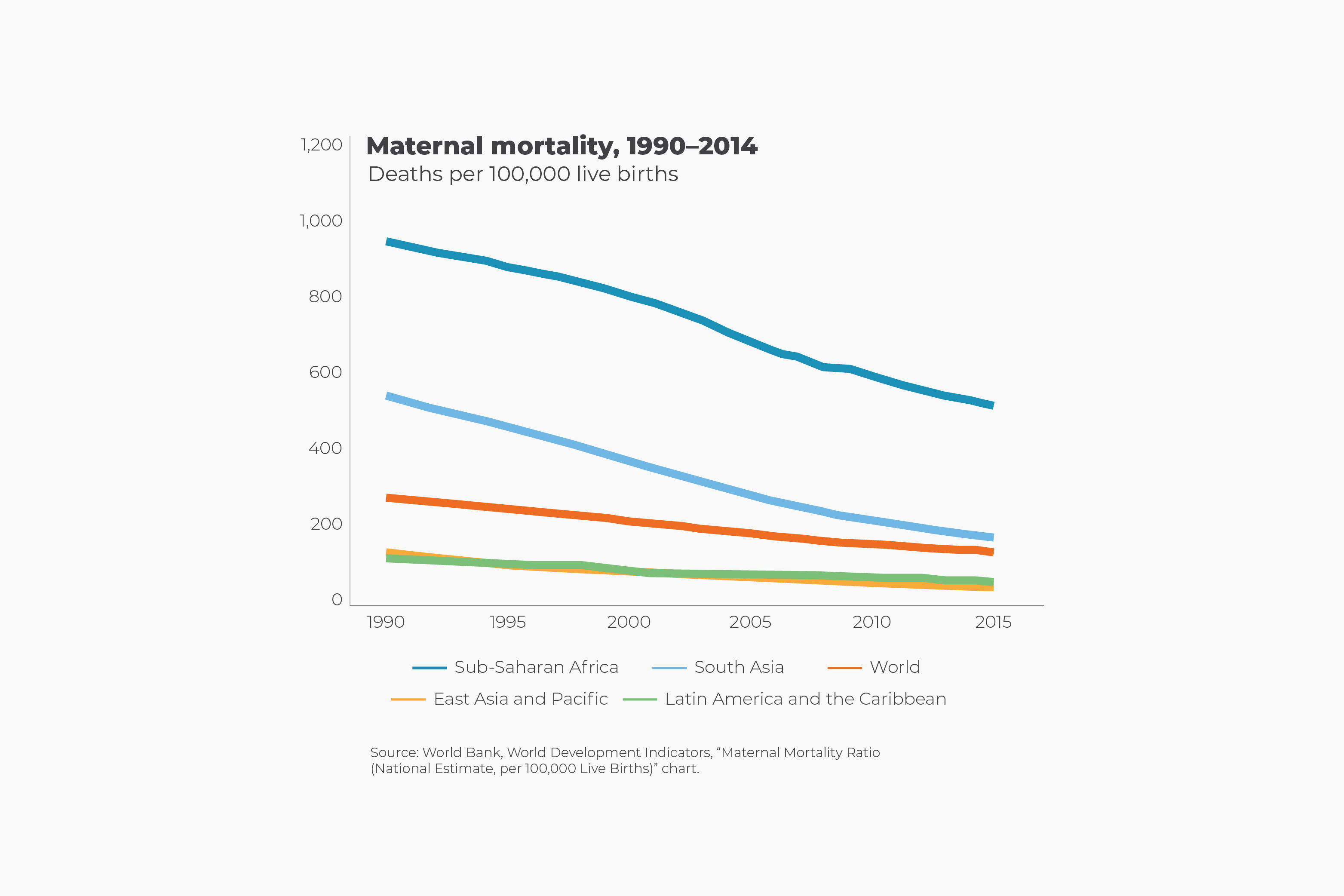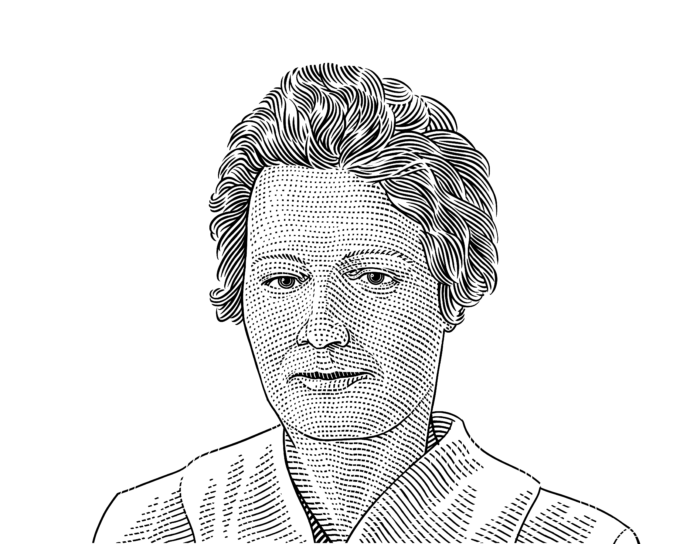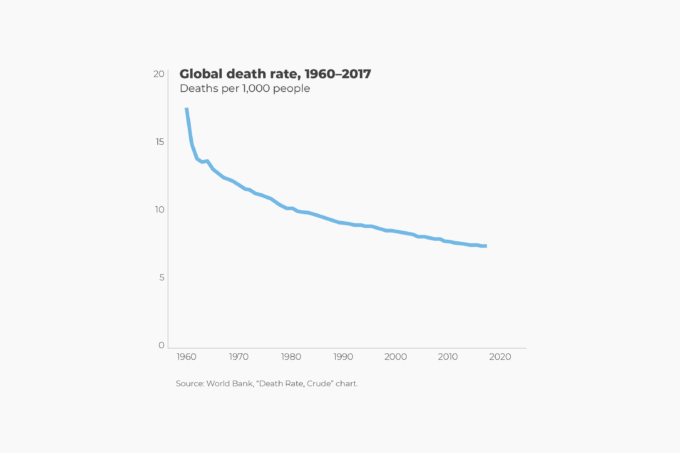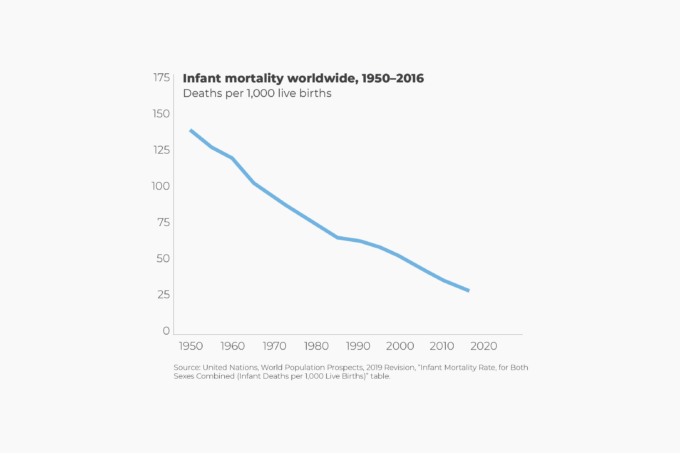The World Health Organization defines maternal mortality as “the death of a woman while pregnant or within 42 days of termination of pregnancy.” Such deaths can occur for a variety of reasons, including bleeding and infection after childbirth, high blood pressure during pregnancy, complications during delivery, and unsafe abortions.
Early statistics are difficult to come by, but British parish records indicate a maternal mortality rate of 1,000 per 100,000 live births in the first half of the 18th century. Since women were pregnant more often than is the case today, the actual risk of dying from pregnancy complications would have been much higher.
In the mid-19th century, Hungarian physician Ignaz Semmelweis noticed that women who gave birth at home died at a lower rate than women who were assisted by doctors. He hypothesized that doctors, who did not wash their hands, passed diseases from other patients to pregnant women. Unfortunately, Semmelweis’s insight was strenuously opposed until, several years later, French biologist Louis Pasteur established a definitive link between germs and disease in the 1860s.
After doctors started to disinfect their hands, maternal mortality began to fall, first in Western countries and later in the rest of the world. The global maternal death rate fell from 385 per 100,000 live births in 1990 to 216 in 2015. That’s a reduction of 44 percent. In Sub-Saharan Africa, the world’s poorest region, the number of maternal deaths fell from 987 to 547 over the same period—a reduction of 45 percent. Similar declines took place in all other geographical regions, and the United Nations expects that the maternal mortality rate will fall to 70 per 100,000 live births by 2030.
A somewhat disappointing and hopefully temporary exception is North America, where the U.S. maternal death rate rose from a minuscule 12 per 100,000 live births to 14. The increase in the U.S. maternal mortality rate seems to be driven by the rise in opioid addiction, which complicates pregnancy, as well as women becoming pregnant much later in life and resorting to more risky C-section child deliveries.








